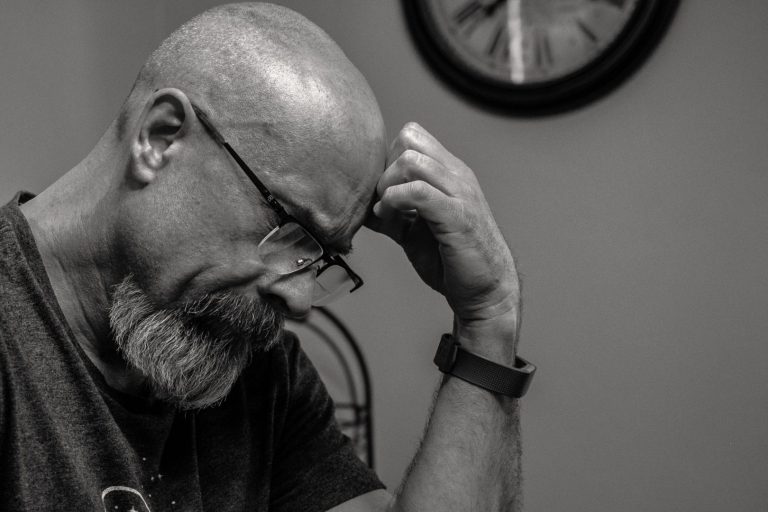What is a phobia?
It is common for people to have fears, they are a normal response to danger and to facing the unknown. However, other people have persistent fear that is excessive or unreasonable. When a person has a phobia, they experience an extreme or irrational fear of a specific object or situation. The following are some examples of common phobias:
- animals e.g. dogs, spiders, insects
- natural environment e.g. sights, water
- blood and needles
- situational e.g. planes, elevators.
The difference between a fear and a phobia is that when feeling afraid, the source of fear can potentially pose danger and harm on the person’s life whereas the source of fear behind a phobia may not pose a real threat. The intensity of emotions experienced when feeling afraid and when suffering from a phobia also differ. When a person has a phobia, they are likely to adapt living their life in the attempt of avoiding what they are afraid of. For example, a person who is afraid of dogs may feel tense when they walk past a dog. However, a person who has a phobia of dogs may avoid going to the park because they might see a dog.
When a person has a phobia and they encounter the phobic stimulus they can experience a variety of symptoms. The following are a few examples:
- panic
- dizziness
- difficulty breathing
- sweating
- racing heart rate.
Living with a phobia can have a significant negative impact on the person’s quality of life and may also place them in endangering situations. A common example is the phobia of cockroaches. A person with this phobia may jump in the middle of the road at the sight of a cockroach without even looking whether any cars are passing by. By doing so they would be endangering their life. A person with a specific phobia may also lose out on certain opportunities. If someone has a phobia of planes, they may be missing out on exploring the world or perhaps work related training opportunities.
Phobias can be learnt or triggered by a traumatic event. It is common for children to develop the same phobias that their parents have. This is because they learn to associate that object or situation with intense fear as this is what they would have observed and make it their own reality. Past traumatic experiences e.g. being bitten by a dog may also lead to development of specific phobias.
When a person has a phobia and they seek help, their quality of life can improve significantly as they learn to manage the anxiety associated with the fear. There are different treatments which can be offered. One of the most common interventions for specific phobias is cognitive behaviour therapy. The client learns to develop a sense of mastery over thoughts and feelings associated with the phobia. Whilst during exposure therapy, the client is gradually exposed to the object causing the fear and learns how to manage the anxiety provoked by it.
If you have a phobia which is negatively affecting your life, seek the help of a professional. There is several research which shows that specific phobias can be successfully treated.
Dr Marilyn Muscat is registered as an Educational Psychologist with the Health and Care Professions Council in the United Kingdom where she trained. She works with children, adolescents and their families to understand more about educational, social and emotional well-being concerns that they have and to help them improve upon their difficulties. She can be contacted on marilyn@willingness.com.mt or call us on 79291817.







